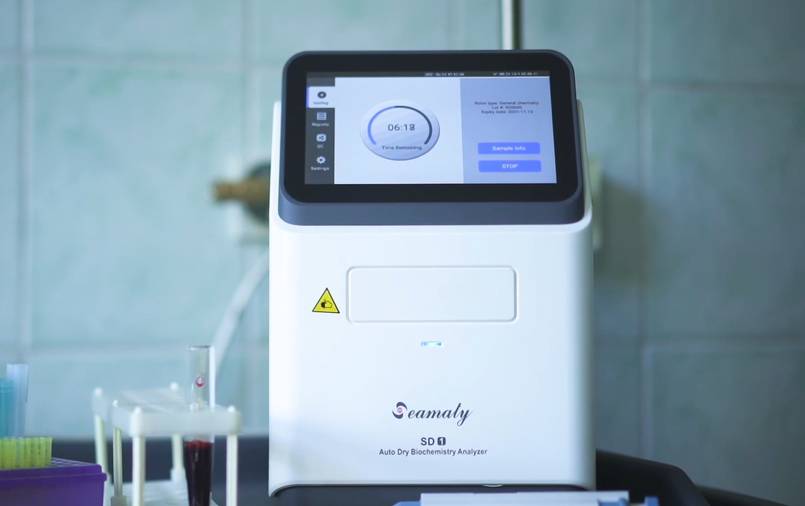release time:2024-10-11 10:42:39

If you’re a healthcare industry practitioner, you’ve likely come across the terms reagent discs, rotors, and reagent panels. But do you fully understand the differences between them? While all three components are essential for delivering and processing chemical reagents in diagnostic tests, each is designed for specific types of analyzers with distinct functions and advantages.
In this guide, we will break down the differences between reagent discs, rotors, and reagent panels, helping you determine when and why each is the best choice for your laboratory or point-of-care testing needs.
Reagent discs are compact, circular devices that house multiple reagent wells. Each well contains specific chemicals required to carry out various tests, often in a single run. These discs are most commonly used in automated chemistry analyzers, especially in point-of-care testing (POCT) devices. Their key advantage is the ability to simultaneously perform a range of tests using a small sample, which makes them particularly convenient for clinics and smaller labs with limited resources.
Rotors are another type of disc-like device but with a unique function. Unlike reagent discs, rotors are designed to spin at high speeds inside centrifugal analyzers. As they rotate, the centrifugal force separates or mixes reagents and samples, facilitating the chemical reactions needed for testing. This design makes rotors particularly well-suited for analyzers where precise separation of sample components is critical, such as in blood chemistry analysis.
Reagent panels differ from discs and rotors in both design and function. They come in various formats, such as slides, strips, or cartridges, each tailored for a specific set of tests, like liver function or electrolyte balance. Unlike the all-in-one approach of reagent discs, reagent panels are often more specialized and customizable, making them a popular choice for labs that focus on specific diagnostic areas.
|
Feature |
Reagent Discs |
Rotors |
Reagent Panels |
|
Usage |
POCT and compact analyzers |
Centrifugal analyzers |
Customizable lab diagnostics |
|
Mechanism |
Static, no motion required |
Centrifugation (spinning) |
No motion, varies by format |
|
Test Range |
Multiple tests per disc |
Specific tests requiring separation |
Specialized panels for specific tests |
|
Convenience |
High: single load for multiple tests |
Moderate: requires centrifuge |
High: customizable but specialized |
The choice between reagent discs, rotors, and reagent panels depends on several factors, including the type of analyzer you use, the range of tests you perform, and the size of your lab. For smaller labs or clinics where quick, multi-test results are needed, reagent discs offer a convenient and efficient solution. For labs focused on more specific, complex tests, reagent panels may provide the flexibility required. If your testing requires separation, such as in blood work, rotors offer the precision needed for centrifugal analyzers.
Understanding these key components will help you make informed decisions when selecting laboratory equipment, ensuring that your diagnostics are as efficient and accurate as possible.

2022-05-06
Biochemical tests provide a basic assessment of the body's liver function, kidney function, blood glucose, lipids and electrolytes to help doctors prevent, diagnose and treat disease. A sample from a biochemical test that is haemolysed is likely to affect the test results. How can haemolysis affect the biochemical tests?

2022-03-03
Biochemical analyzer is a testing equipment that part or all of the steps in biochemical analysis such as sampling, adding reagents, removing interferents, mixing, holding, colorimetric, result calculation and cleaning are done by instruments that imitate manual operation.

2021-12-28
Whole blood is a mixture of blood cells and fluid. A complete blood count (CBC) examines the cellular fraction of the blood and gives the number of different types of red and white blood cells, platelets, and hemoglobin. Biochemical tests are performed on the fluid portion of the blood after the cells have been removed.